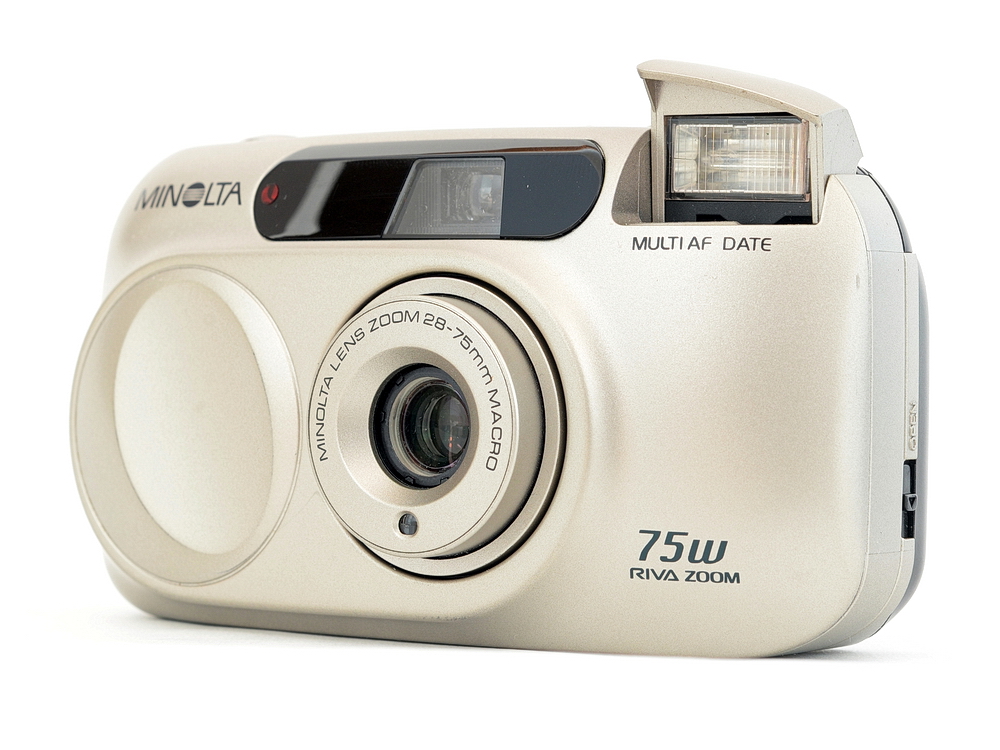Analog photography has made a significant comeback, with enthusiasts appreciating the tactile nature and unique aesthetic of film. Point and shoot film cameras are an excellent choice for those who wish to dive into the world of analog without the complexities of manual settings. They offer a perfect blend of simplicity and quality, ideal for beginners and seasoned photographers alike. In this article, we explore key features to consider, some of the top models recommended for analog lovers, maintenance tips for your film camera, and how shooting with film can bring a new dimension to your art.
Key Features to Consider in a Film Camera
Lens Quality and Autofocus Capability
The lens is the heart of any camera; look for point and shoot film cameras with sharp lenses that produce clear, vibrant images. A good quality lens will often mean the difference between flat, uninspired photos and images with depth and character. Additionally, cameras with reliable autofocus make it easy to capture great shots quickly, ideal for candid street photography or fleeting moments in nature.
Size, Portability, and Ease of Use
One of the draws of point and shoot cameras is their compact size, allowing them to be taken anywhere without hassle. Search for a lightweight model that won’t be a burden during your travels. Also, for the best shooting experience, select a camera with an intuitive design and straightforward controls, so you can focus on the scene, not on the settings.
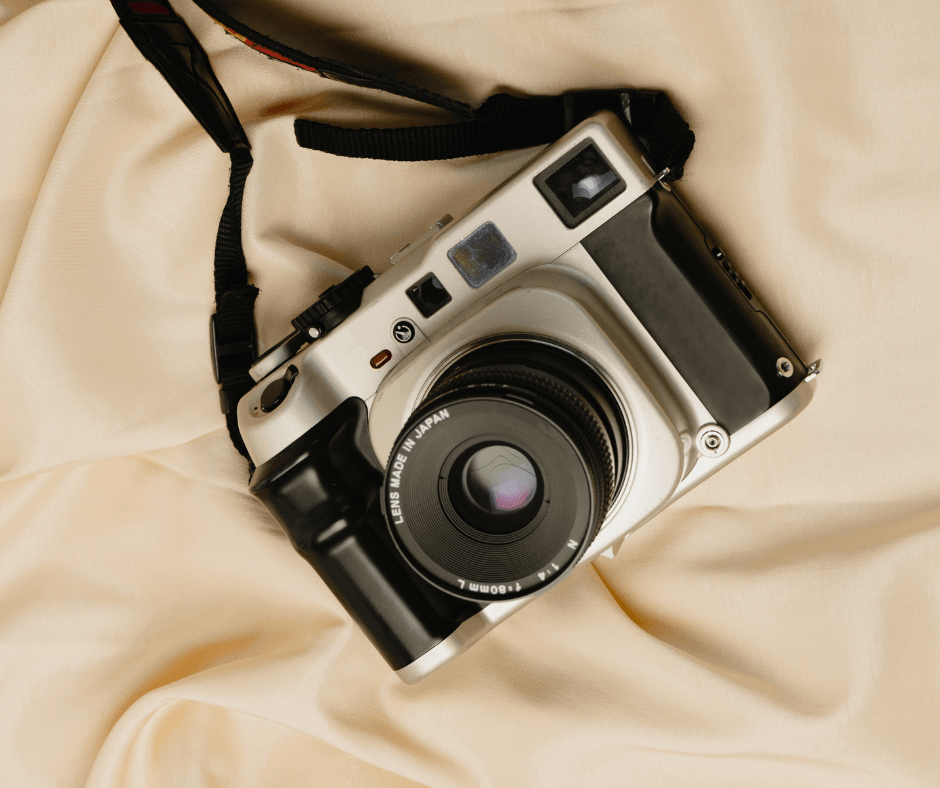
Top Point and Shoot Film Cameras for Every Budget
Professional-Grade Picks
For those who are willing to invest in higher-end models, the Contax T2 and Leica Minilux stand out. These cameras are coveted for their exceptional build quality, superior lenses, and mechanical precision. Although these may come with a steeper price tag, the quality of the images they produce is unmatched in the realm of point and shoot film photography.
Budget-Friendly Options
For the budget-conscious photographer, the Olympus Stylus MJU-II is a standout due to its sharp lens and durable design. Another great affordable option is the Canon Sure Shot AF-7, offering reliable autofocus and a user-friendly experience. These cameras prove that you don’t need to spend a fortune to start capturing stunning analog photos.
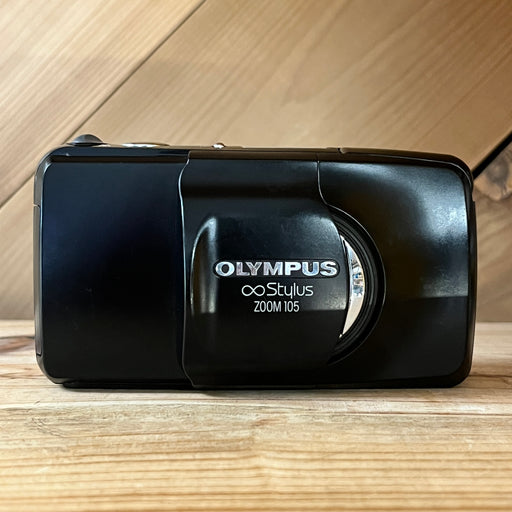
Maintaining Your Film Camera for Long-Lasting Use
Regular Cleaning and Care
Keep your camera in top shape by cleaning it regularly. Gently wipe the body with a soft cloth to prevent dust and dirt from accumulating. The lens is the most delicate part; clean it carefully with a lens brush or a microfiber cloth. Always store your camera in a dry place and consider using a padded case for extra protection against knocks and bumps.
Handling Film with Care
Loading and unloading film should be done gently to avoid damaging the subtle mechanics of your camera. Make sure to do this in a clean environment to prevent dust from getting inside the camera or on the film. If you’re not planning to use your camera for an extended period, remove the film and battery to prevent leaks and other issues that could harm the camera’s internals.
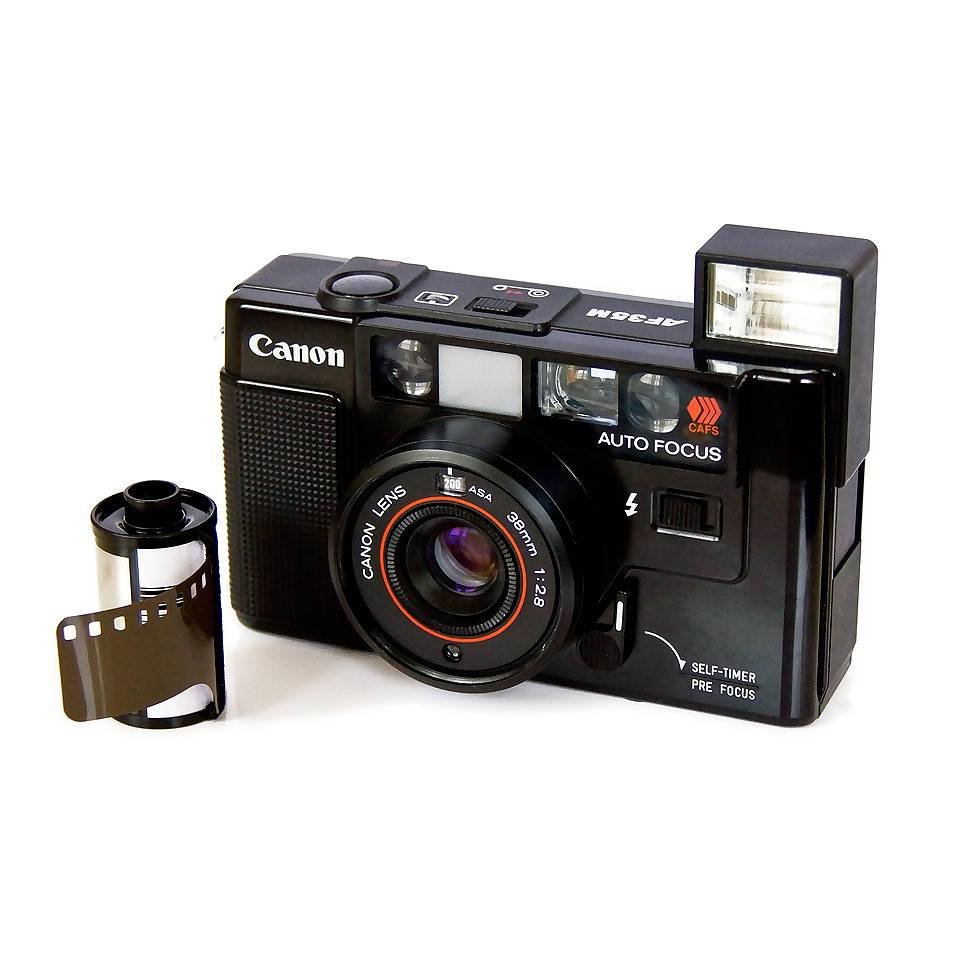
Embracing the Film Photography Process
The Anticipation and Magic of Film
Shooting with film involves a sense of anticipation and excitement that digital photography often lacks. There’s a special kind of magic in not being able to see your photos immediately, which encourages a more thoughtful and deliberate approach to composition and exposure. Waiting to see the developed photos can be incredibly rewarding, offering surprises and learning experiences with every roll.
Learning from Limitations
Film photography involves embracing and learning from limitations. Since you can’t take hundreds of shots of the same scene, you’ll likely become more mindful about when to press the shutter. This constraint can foster creativity and lead to a more engaging and satisfying photographic process.
The Aesthetic Appeal of Film
The visual characteristics of film, such as grain, color rendition, and dynamic range, are often considered more appealing and ‘organic’ than the sometimes too-perfect look of digital images. Each film stock has its unique properties, allowing you to experiment with different looks and styles, further expanding your artistic palette.

Expanding Your Analog Horizons
Experimenting with Different Film Stocks
Part of the joy in film photography is the vast array of film stocks available, each offering different color balances, contrast levels, and grain structures. For the analog enthusiast, experimenting with various types of film can be as significant as the choice of camera. From the classic tones of Kodak Tri-X to the vibrant colors of Fujifilm Velvia, the possibilities are endless. Trying out different films can teach you about the effects of ISO, color temperature, and exposure, deepening your understanding of photography fundamentals.
Understanding Exposure and Composition
While point and shoot cameras handle exposure settings, there’s value in learning the nuances of proper exposure and composition. This knowledge allows you to predict how your camera will react in various lighting conditions, and helps you make informed decisions about framing your shots. Mastering these principles leads to a more intentional approach to shooting, where you’re able to anticipate how a particular scene will render on film, whether it’s embracing a silhouette effect or capturing the intricate details in highlights and shadows.
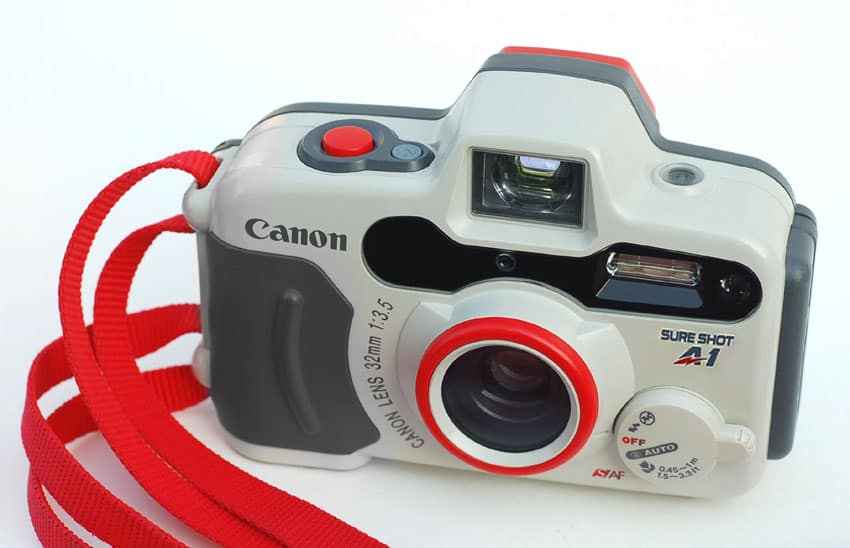
Connecting with the Photography Community
The revival of film photography has bolstered a strong community of like-minded individuals, both online and offline. Engaging with this community can enhance your journey, providing opportunities to attend meetups, share tips, and exchange experiences. Some cities have dedicated film photography groups that organize photowalks, darkroom sessions, and exhibitions. Online forums and social media platforms offer space to ask questions, receive feedback, and view the work of fellow analog enthusiasts from around the world. This sense of community not only fosters learning and inspiration but also ensures the continuation and evolution of the film photography art form.
In conclusion, point and shoot film cameras offer a wonderful entry point into the enduring world of analog photography. Whether you’re looking for a high-end classic or a more affordable workhorse, there’s a camera for you. There’s a camera that fits your needs and budget. By taking care of your equipment, you can maintain its performance. By embracing the distinctive process of film photography, you enjoy a rewarding creative outlet. The charm of analog imagery lies in its unpredictability. It also lies in the tangible connection to the medium. Many photographers find this irreplaceable in the digital age.
